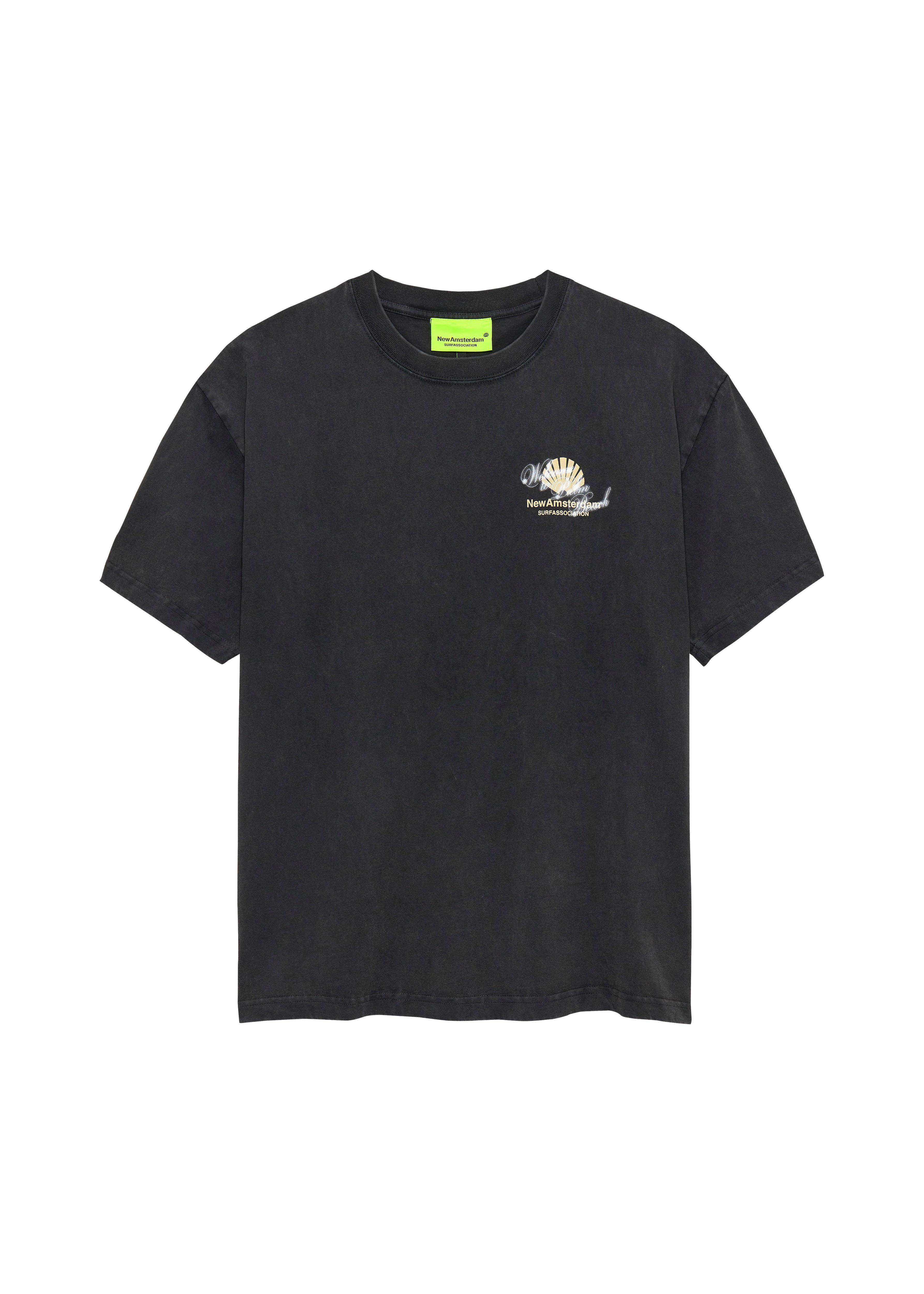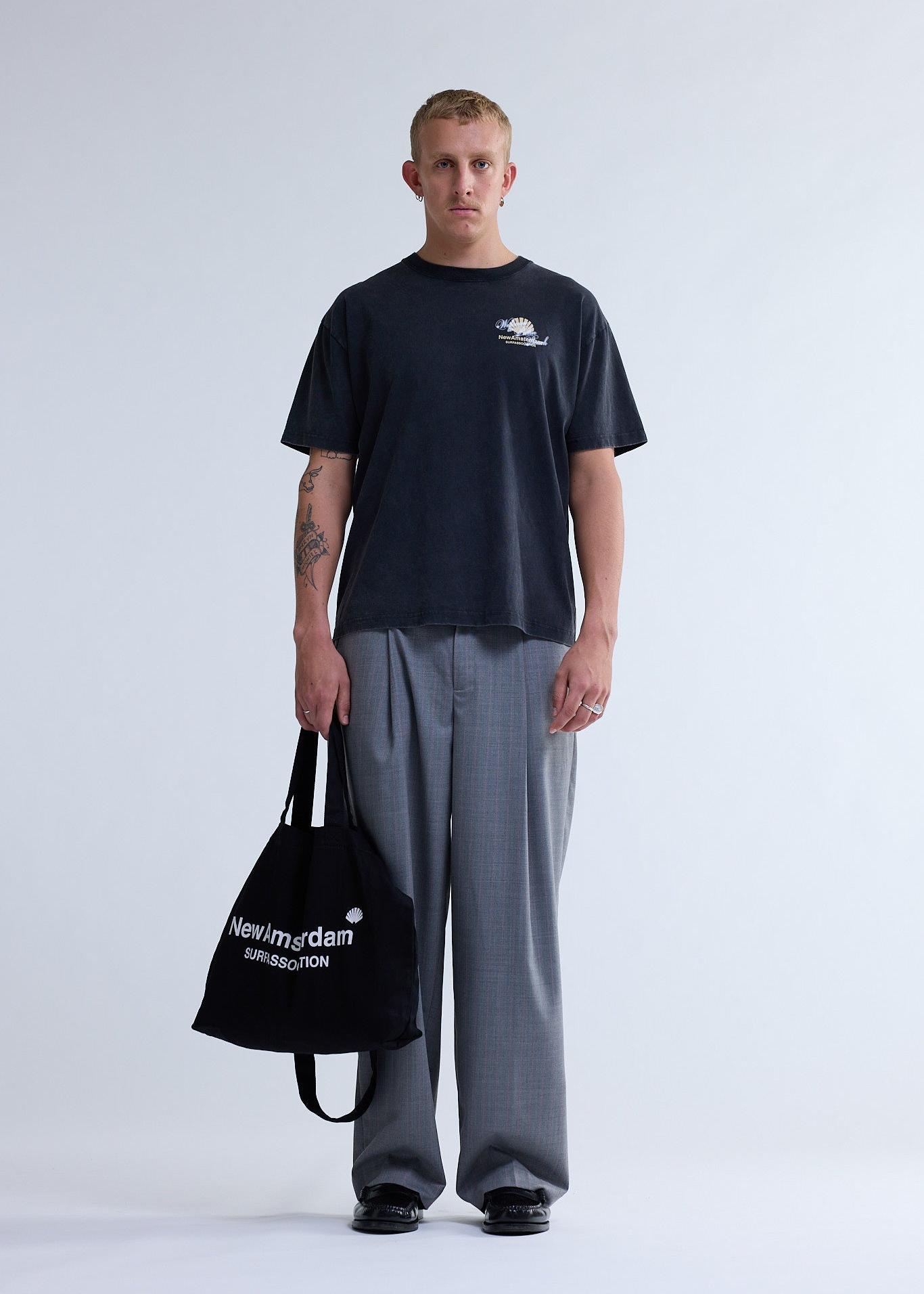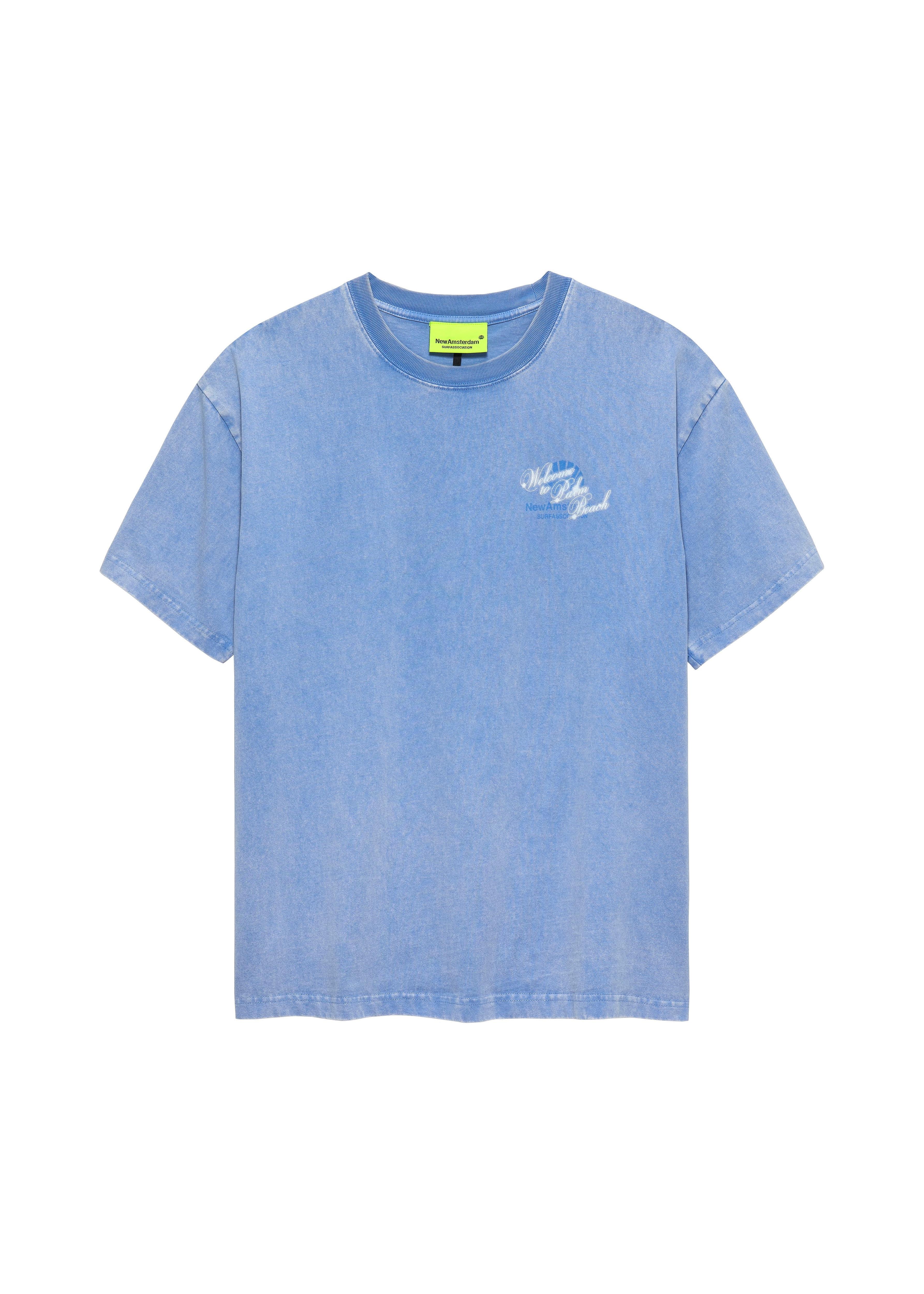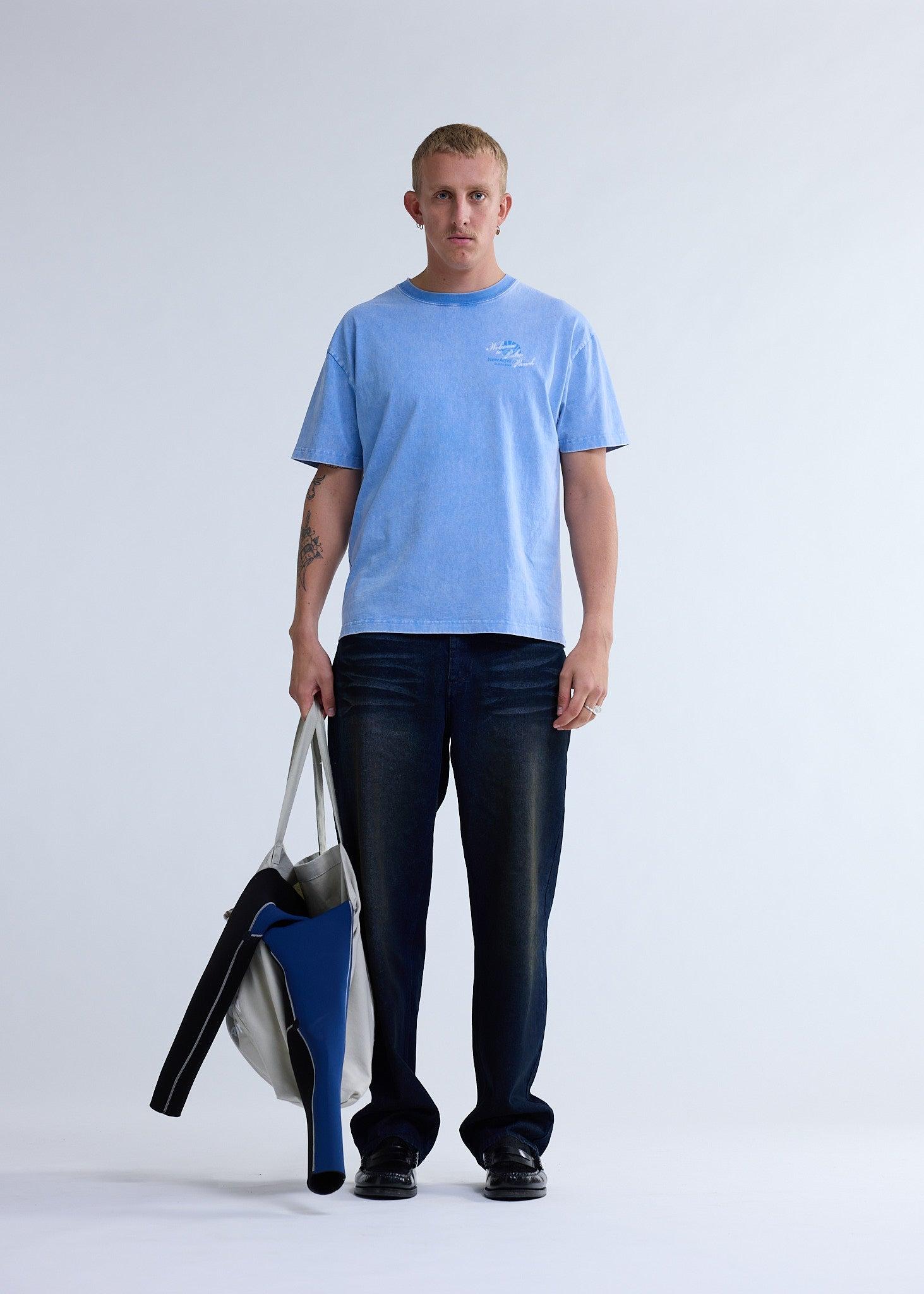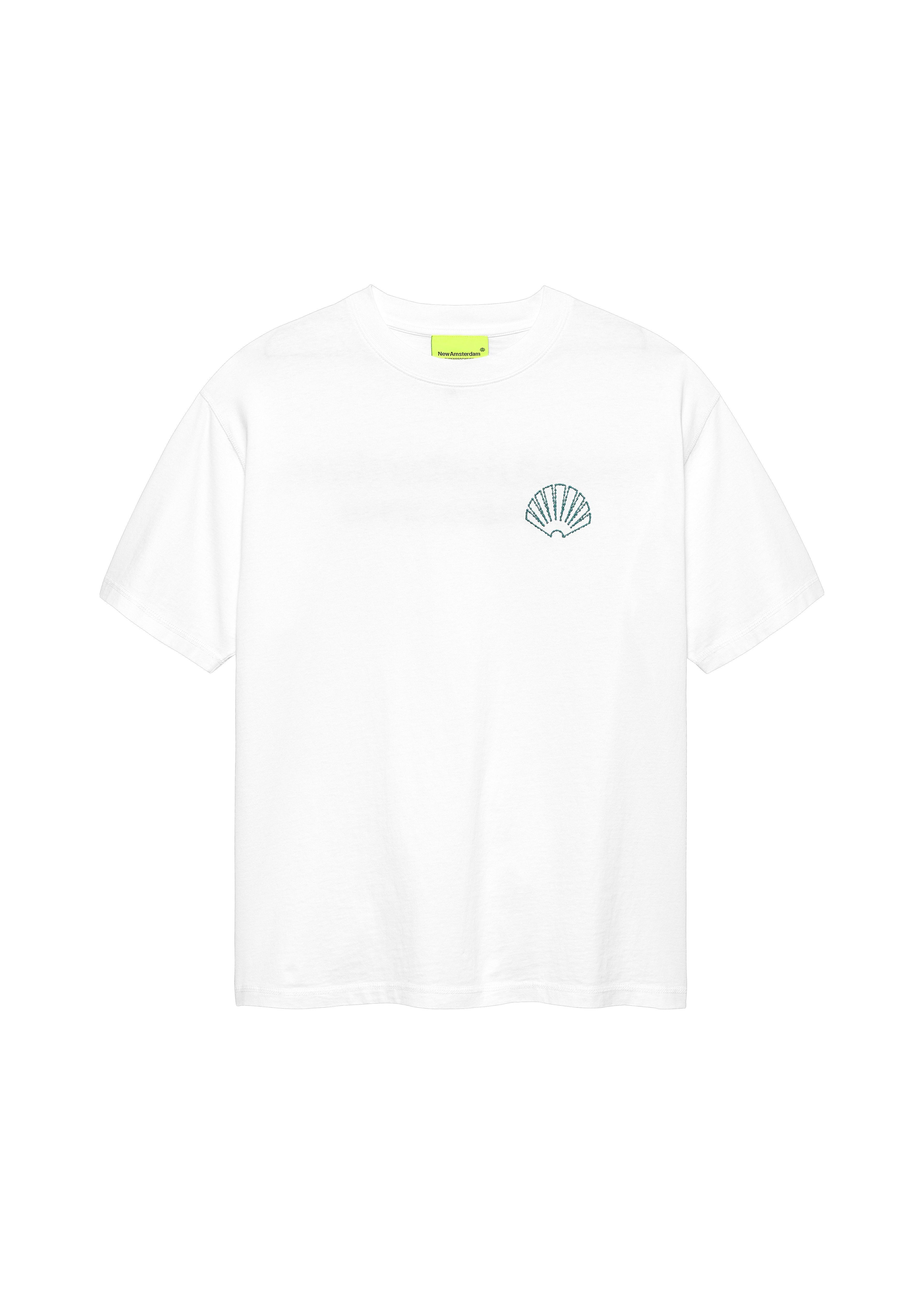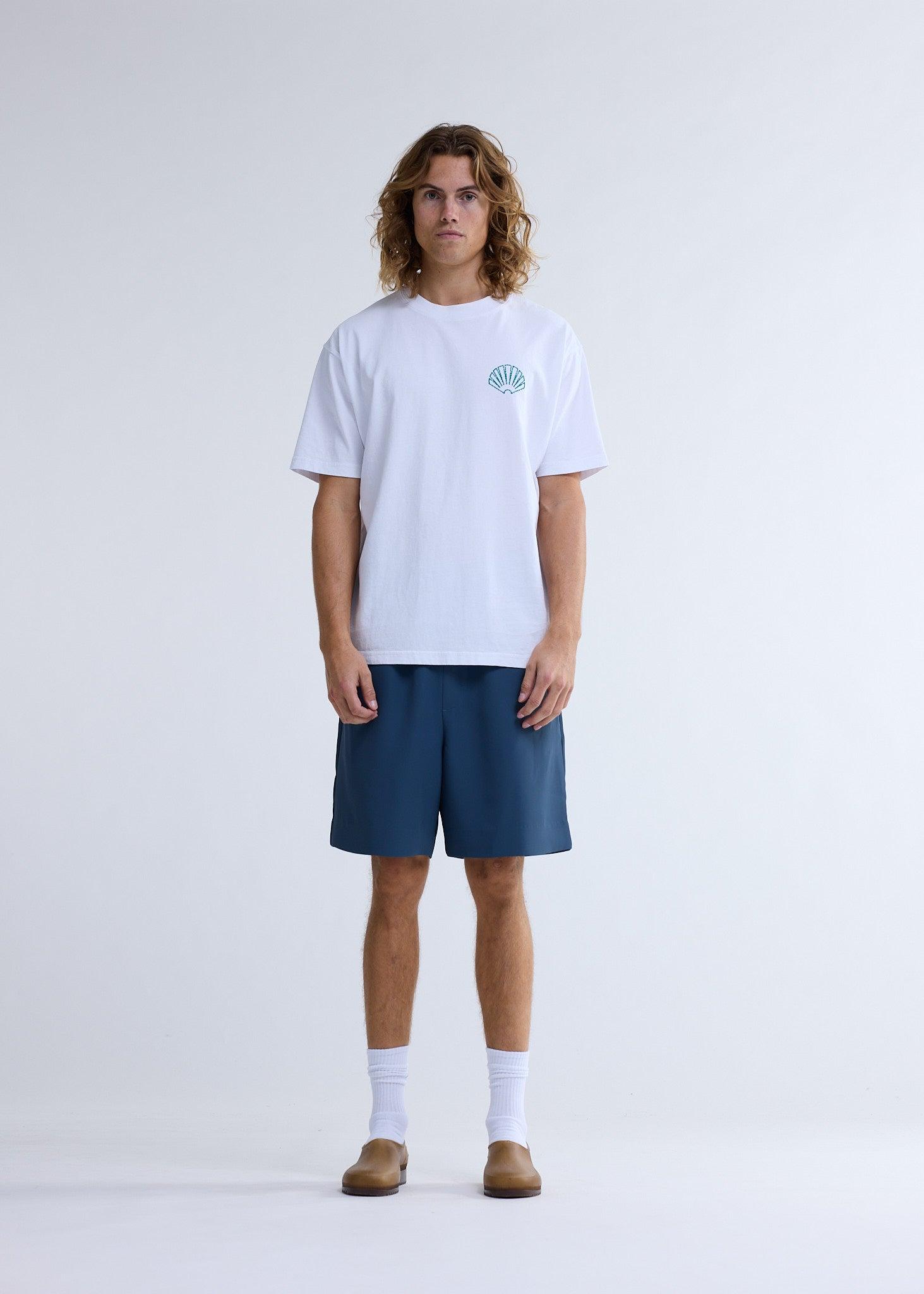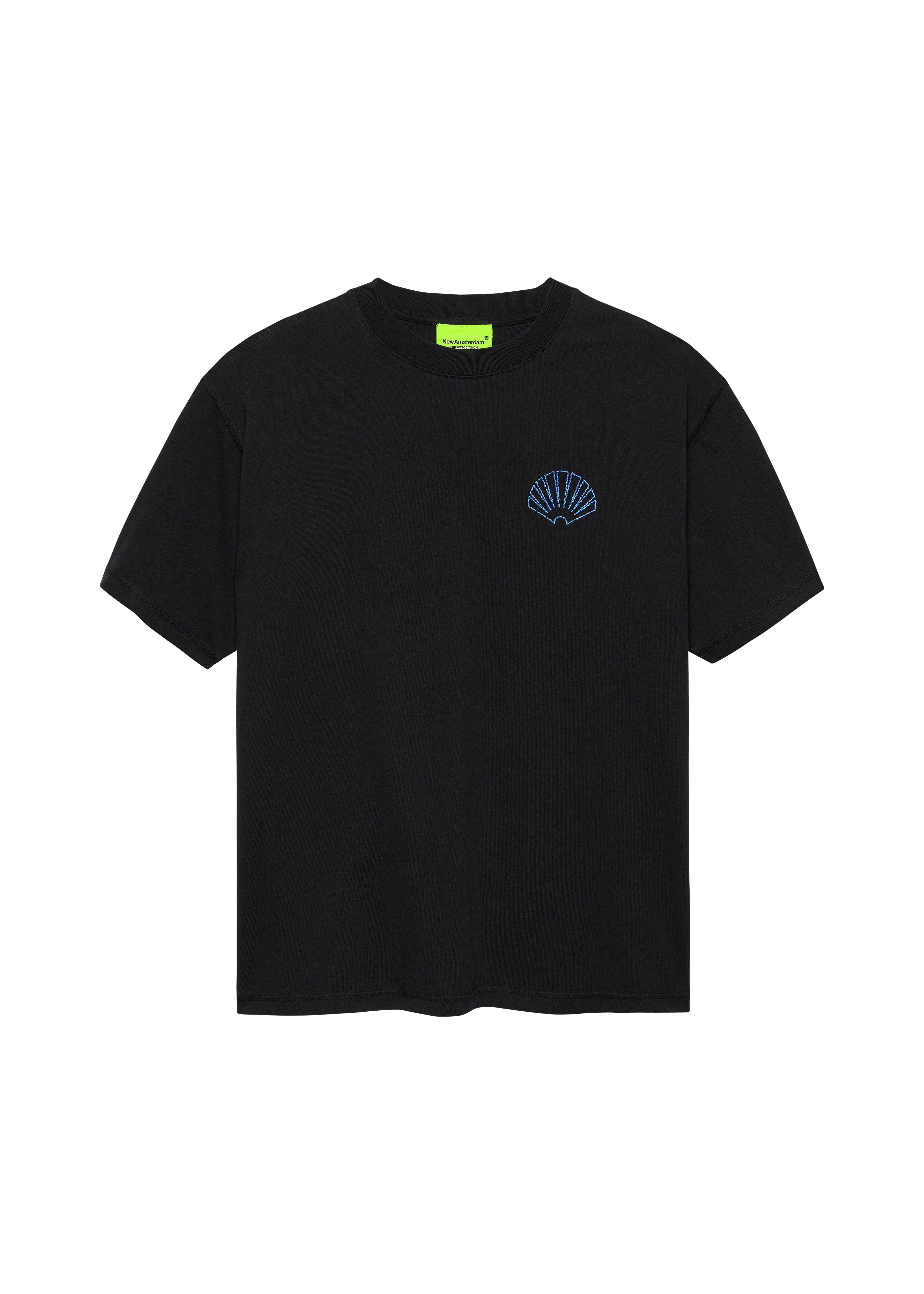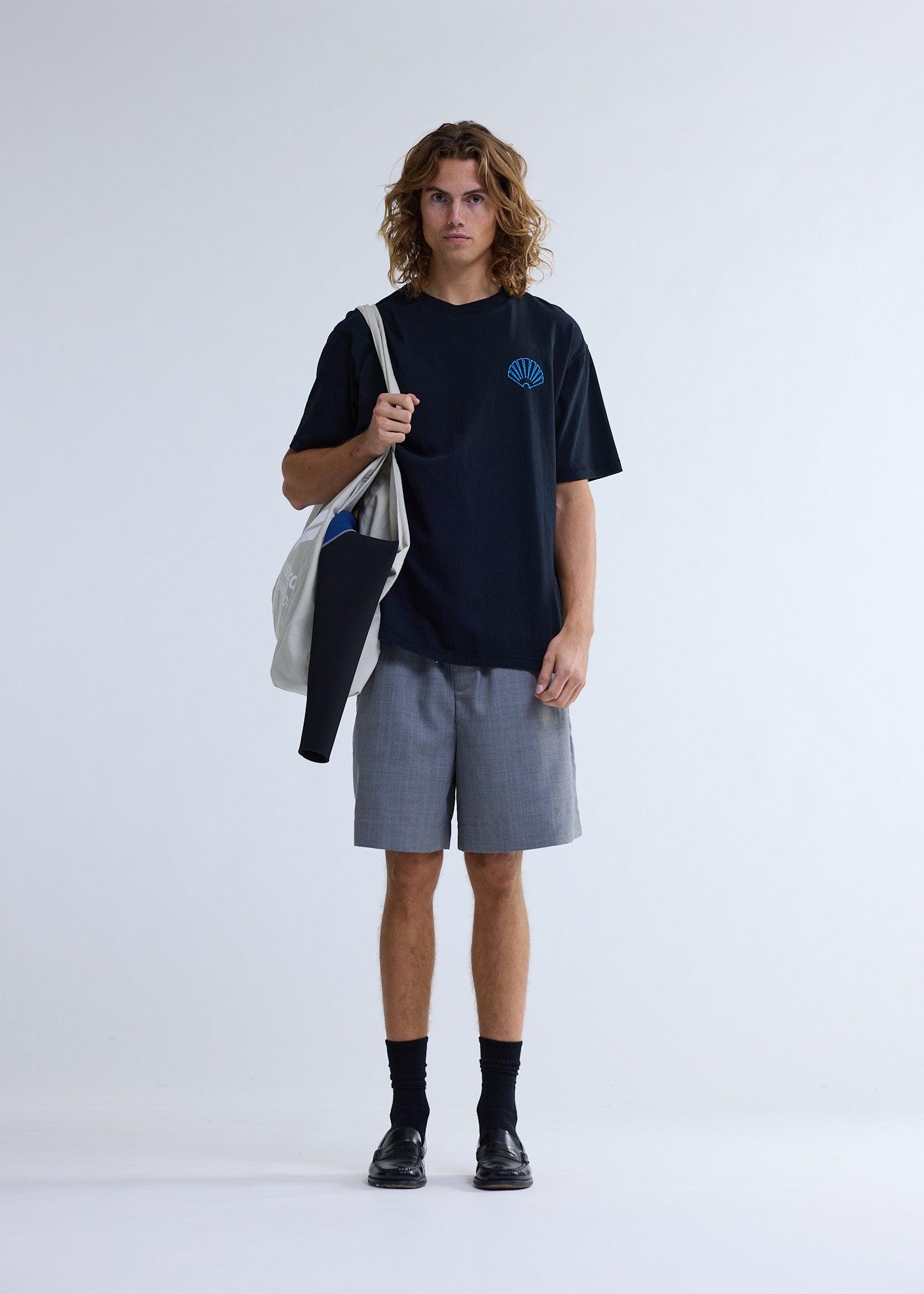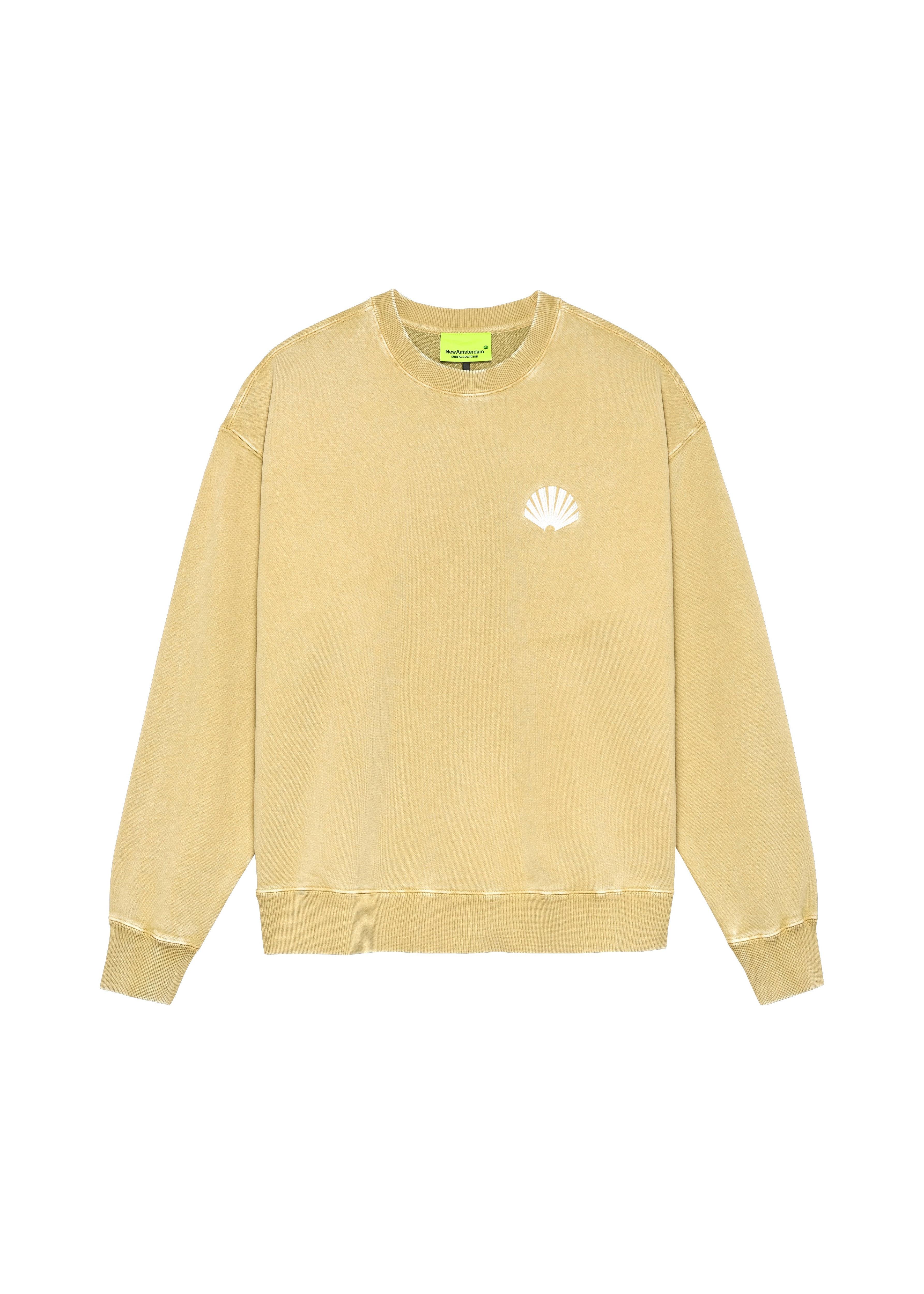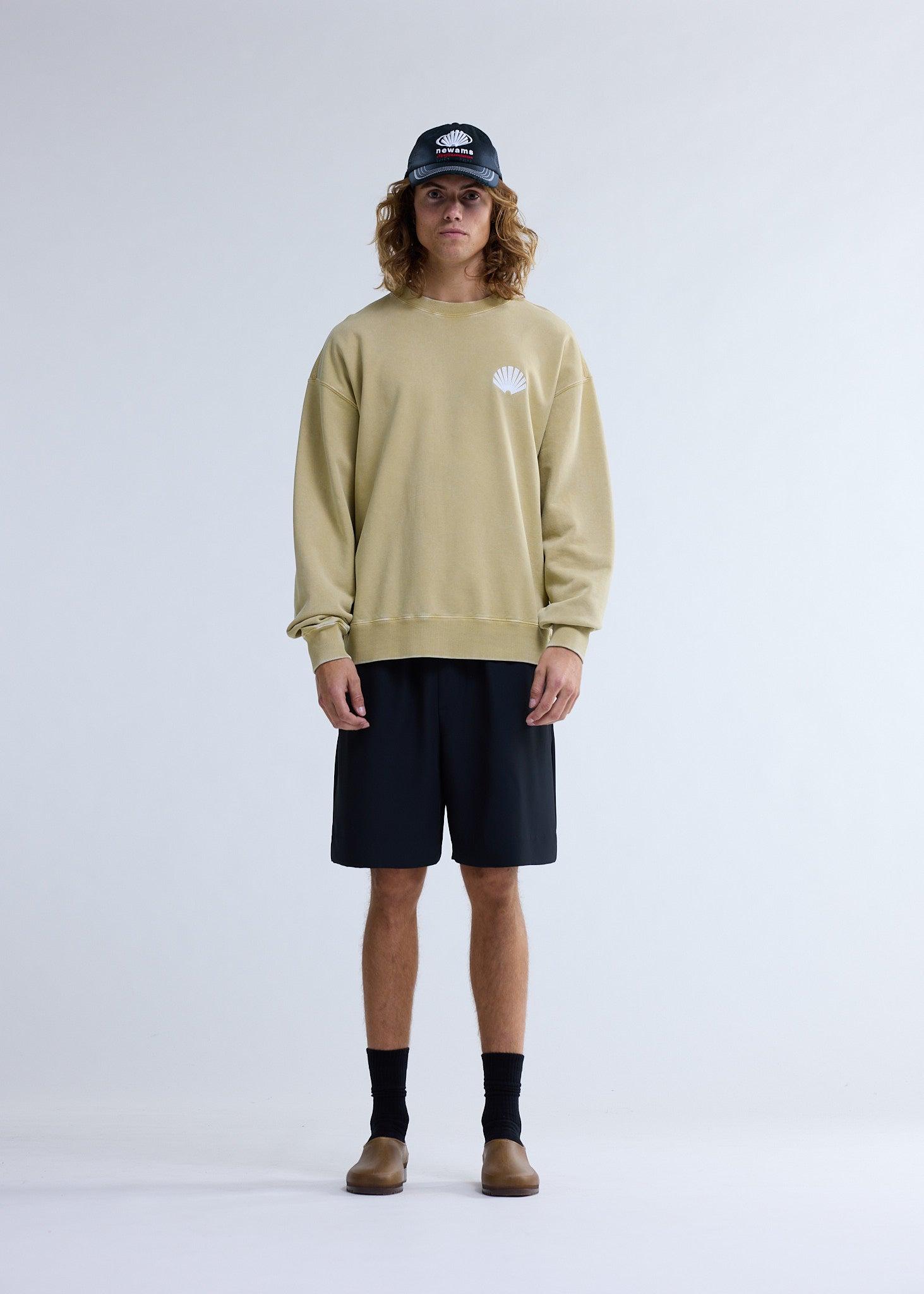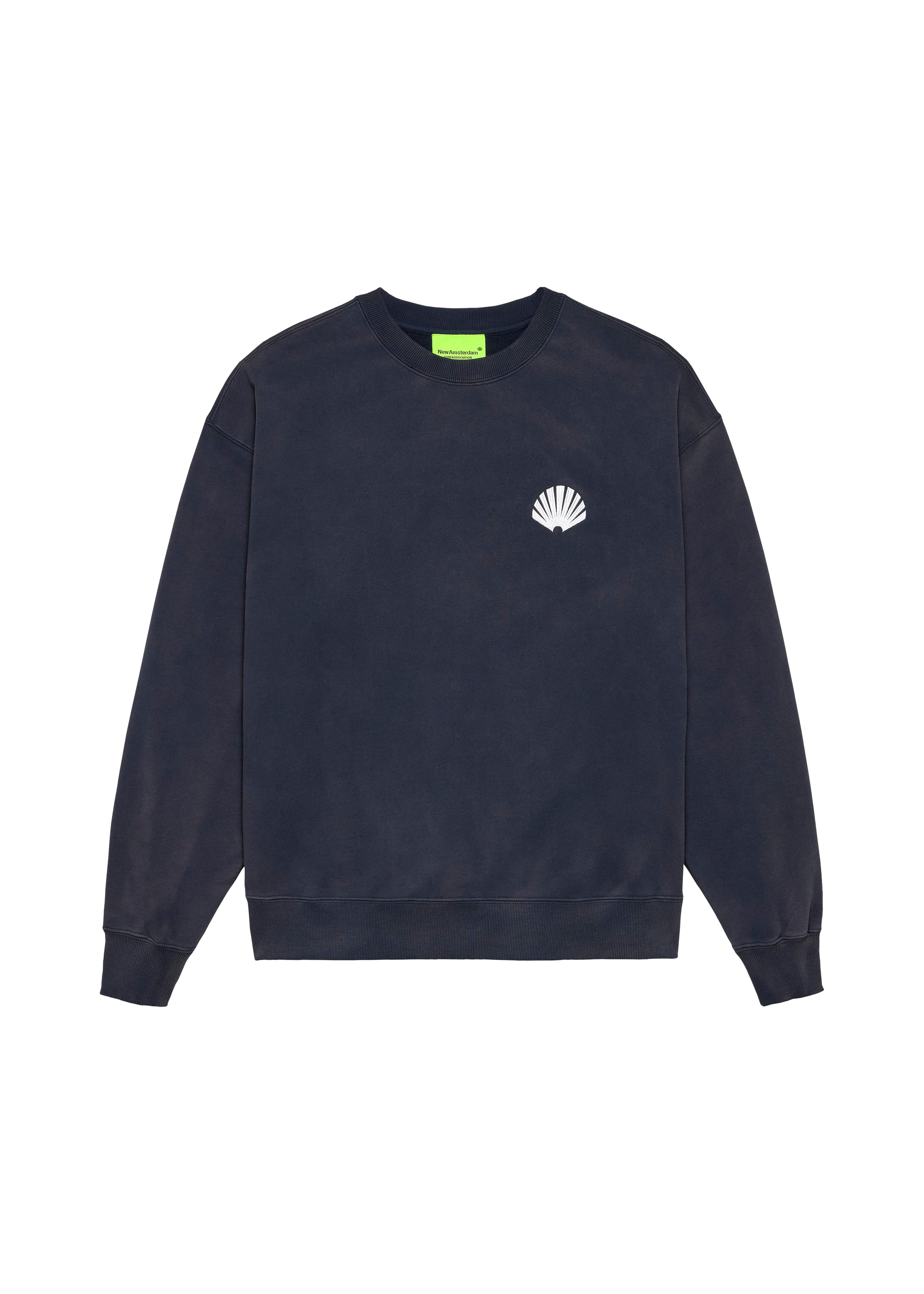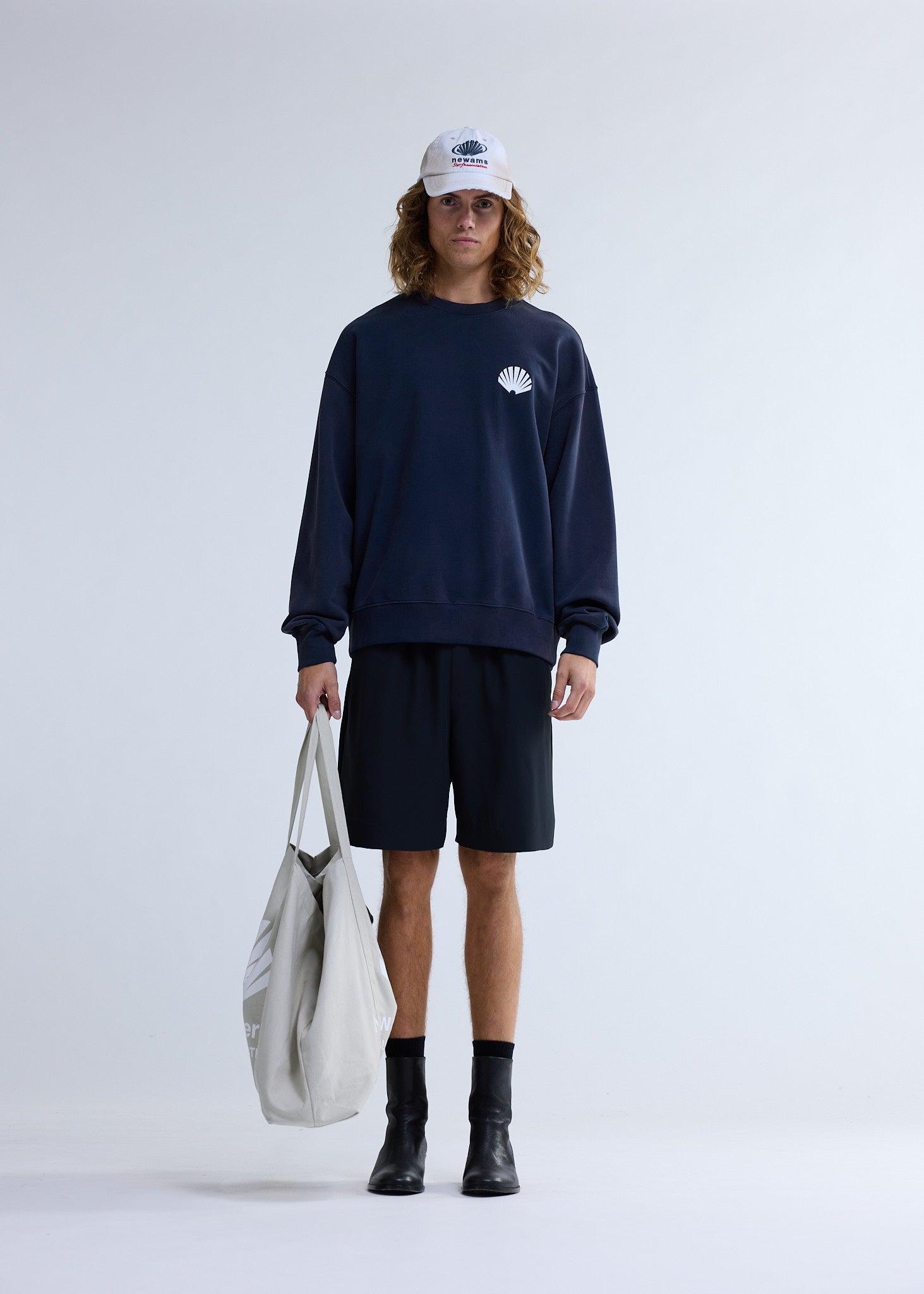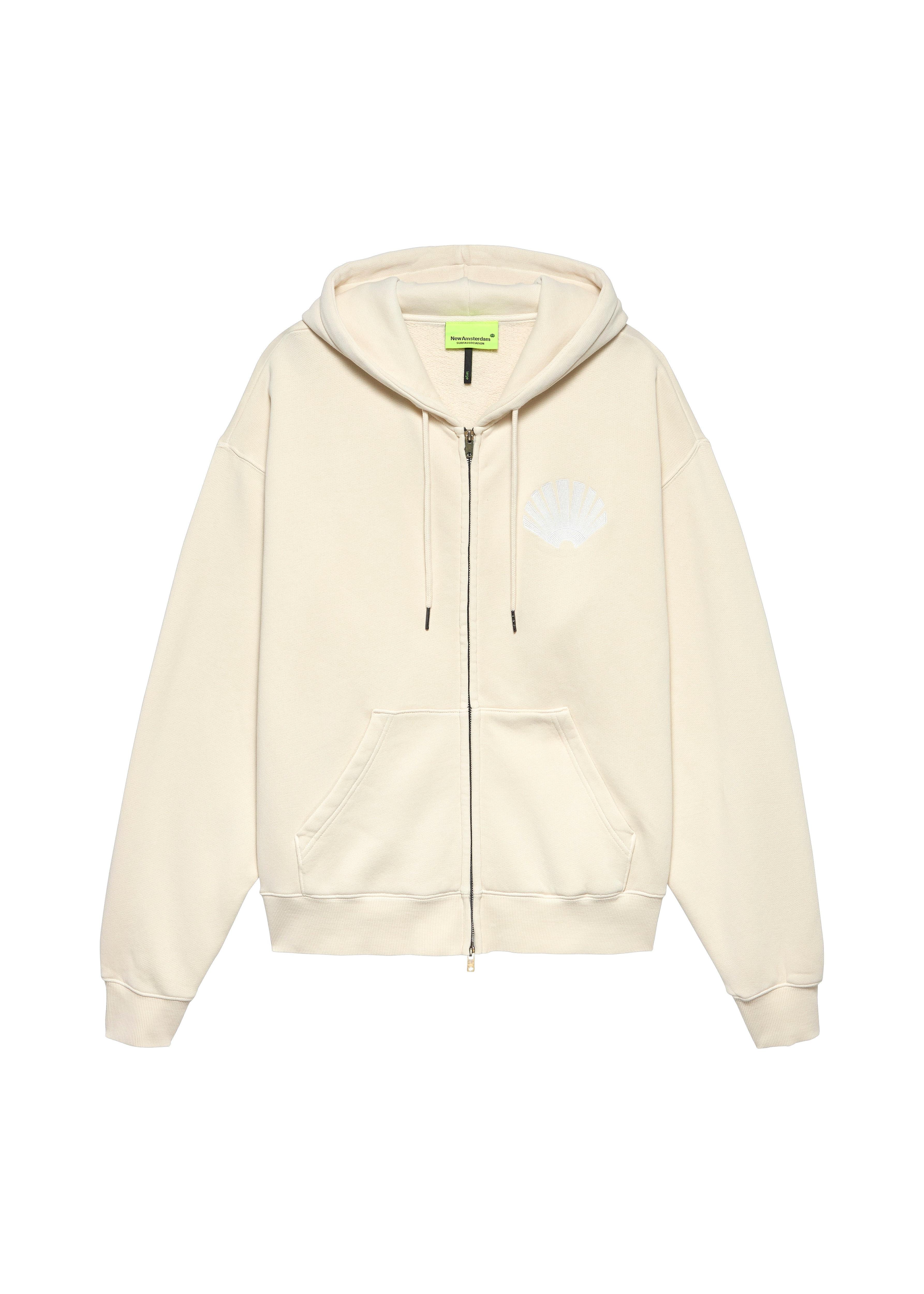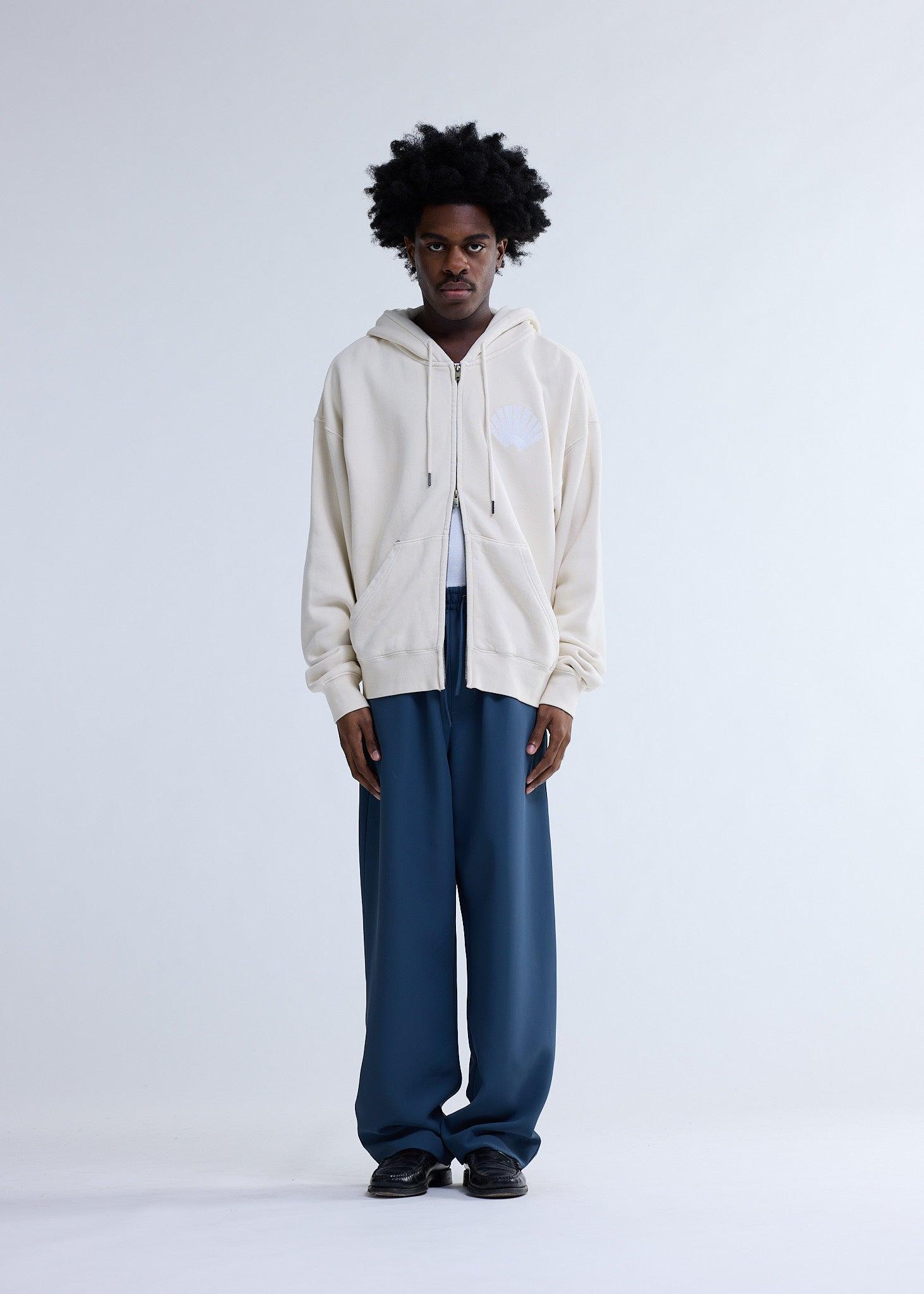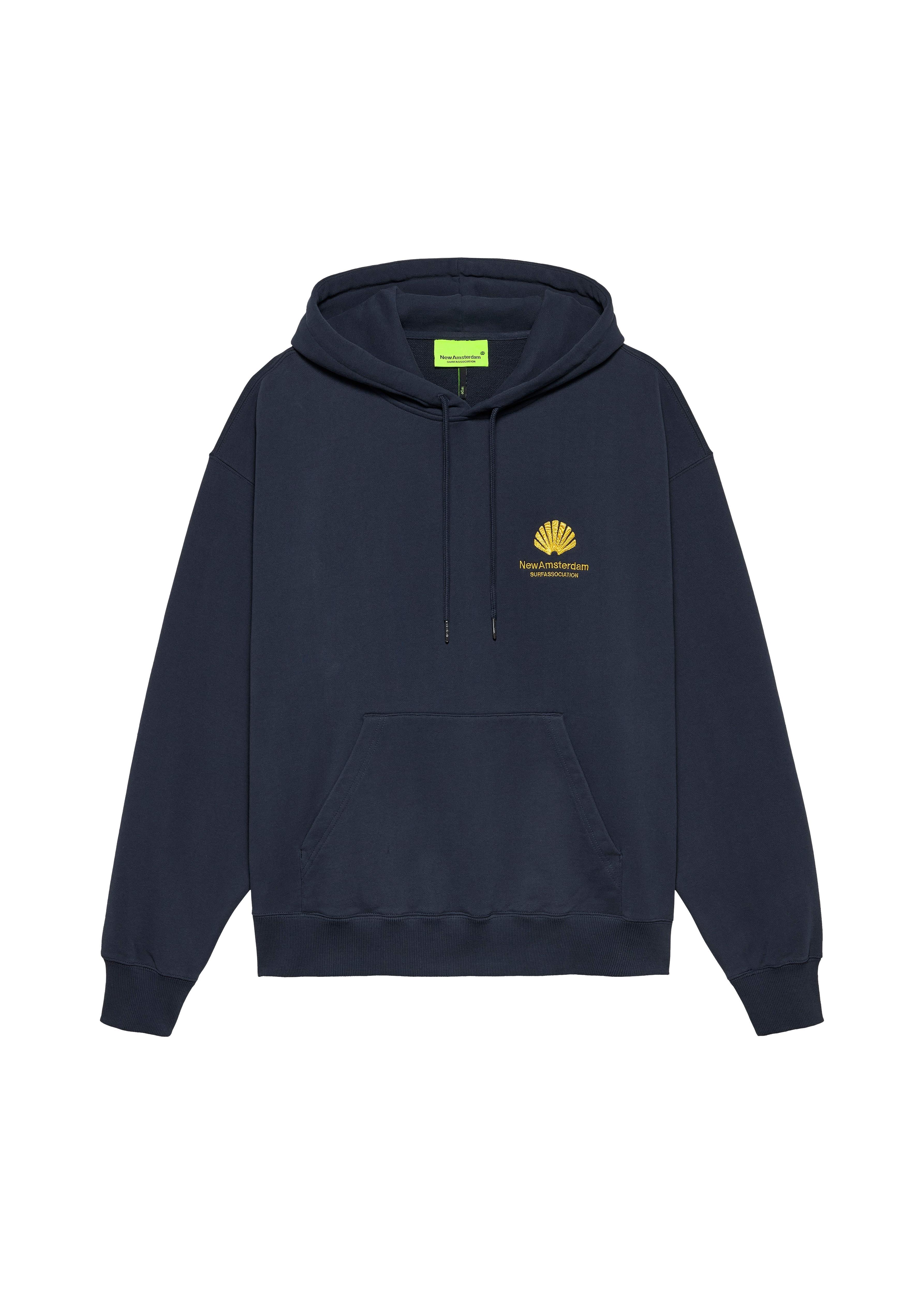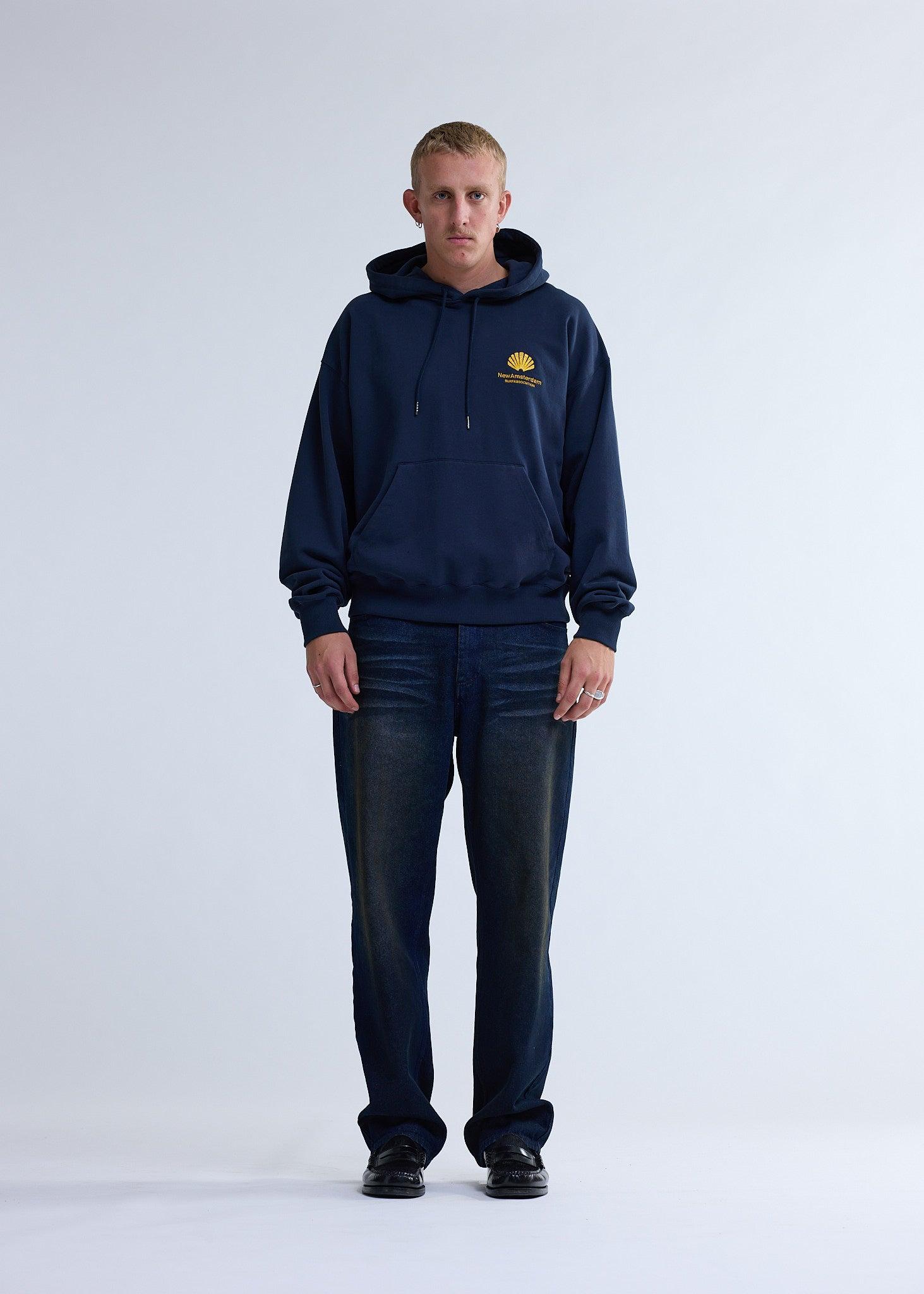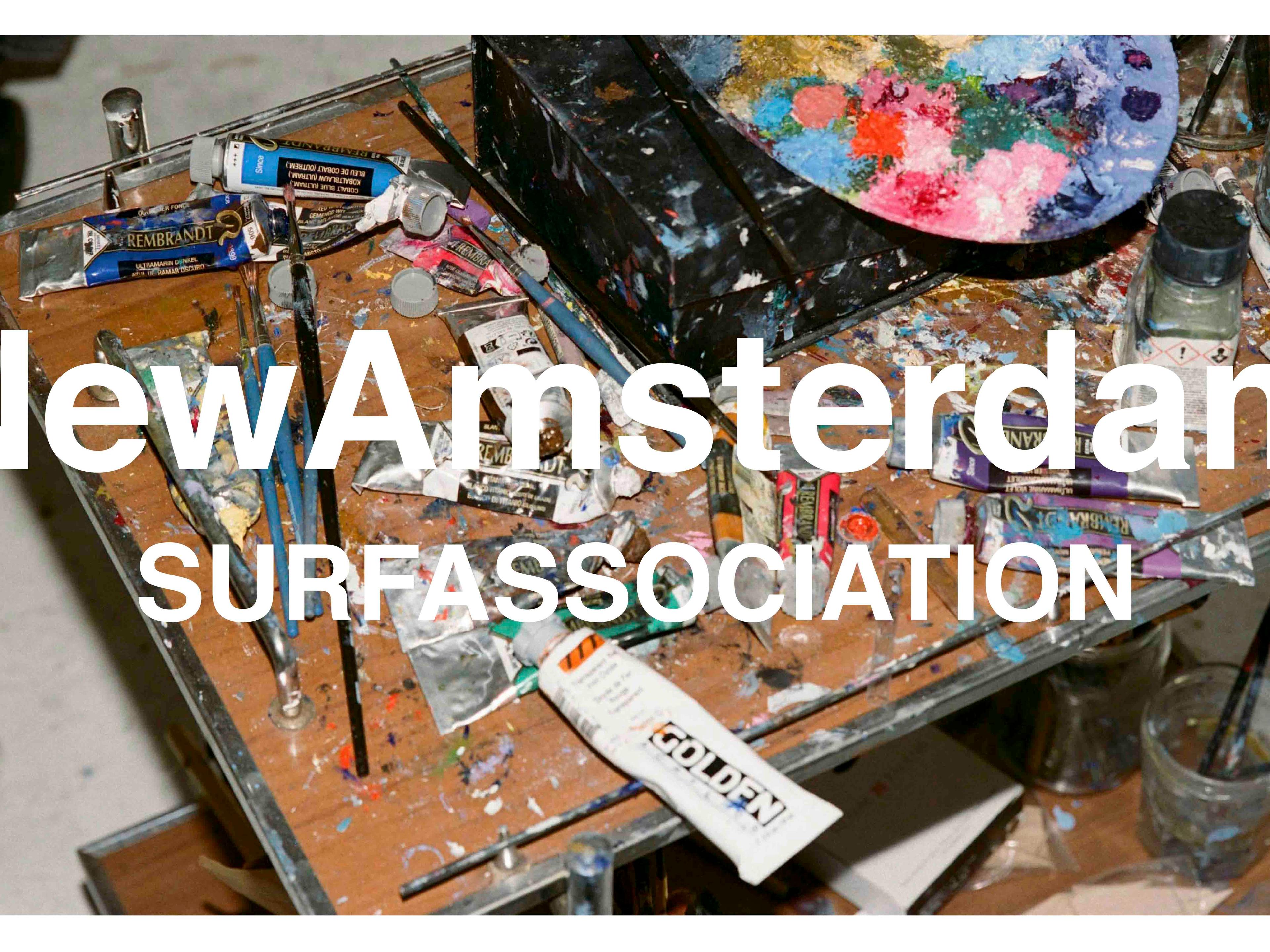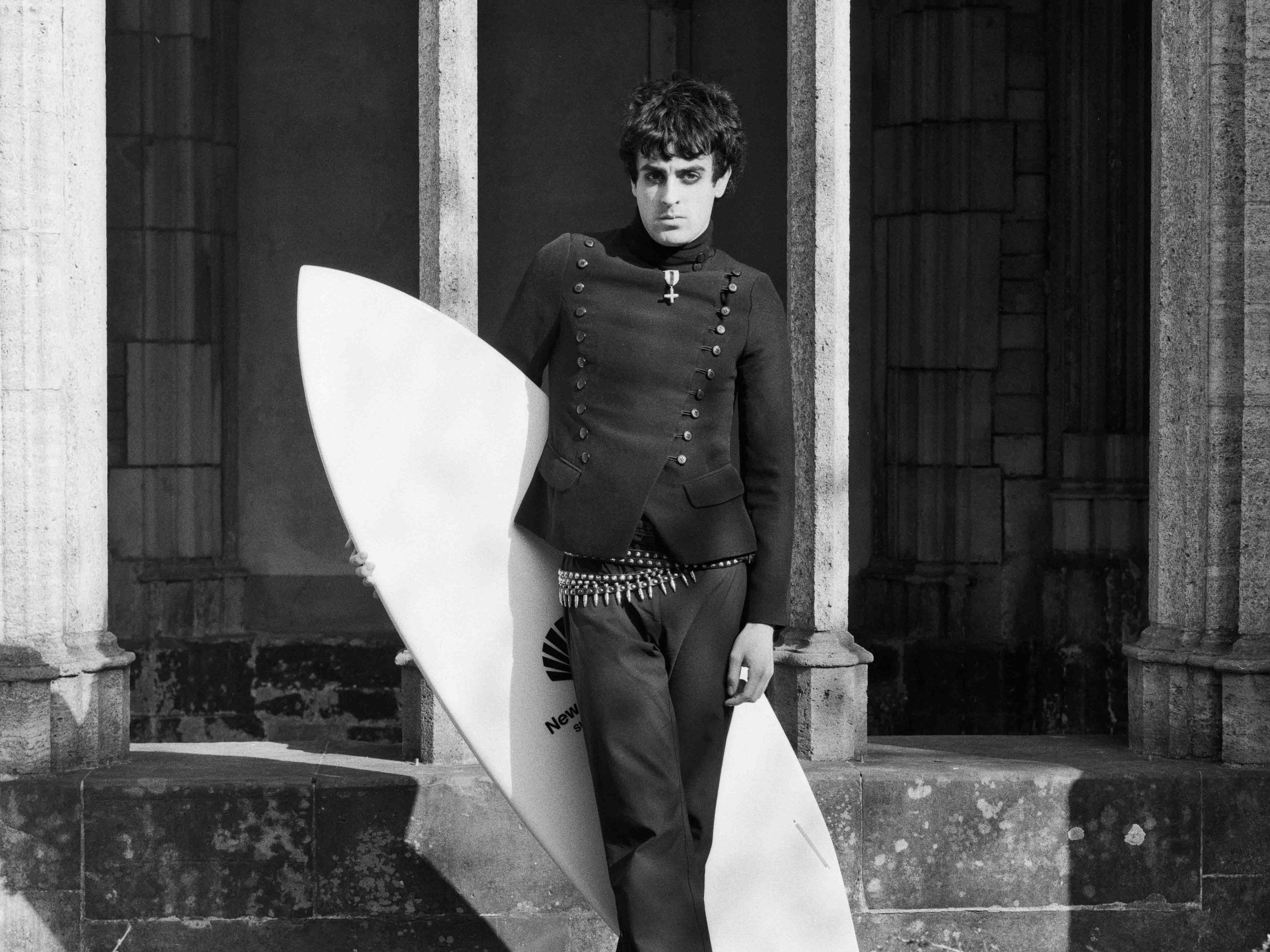INTERVIEW WITH ZEDSLEDS
On a recent trip, our team visited Kous’ shaping bay, getting a firsthand look at the craftsmanship that goes into each Zedsleds.
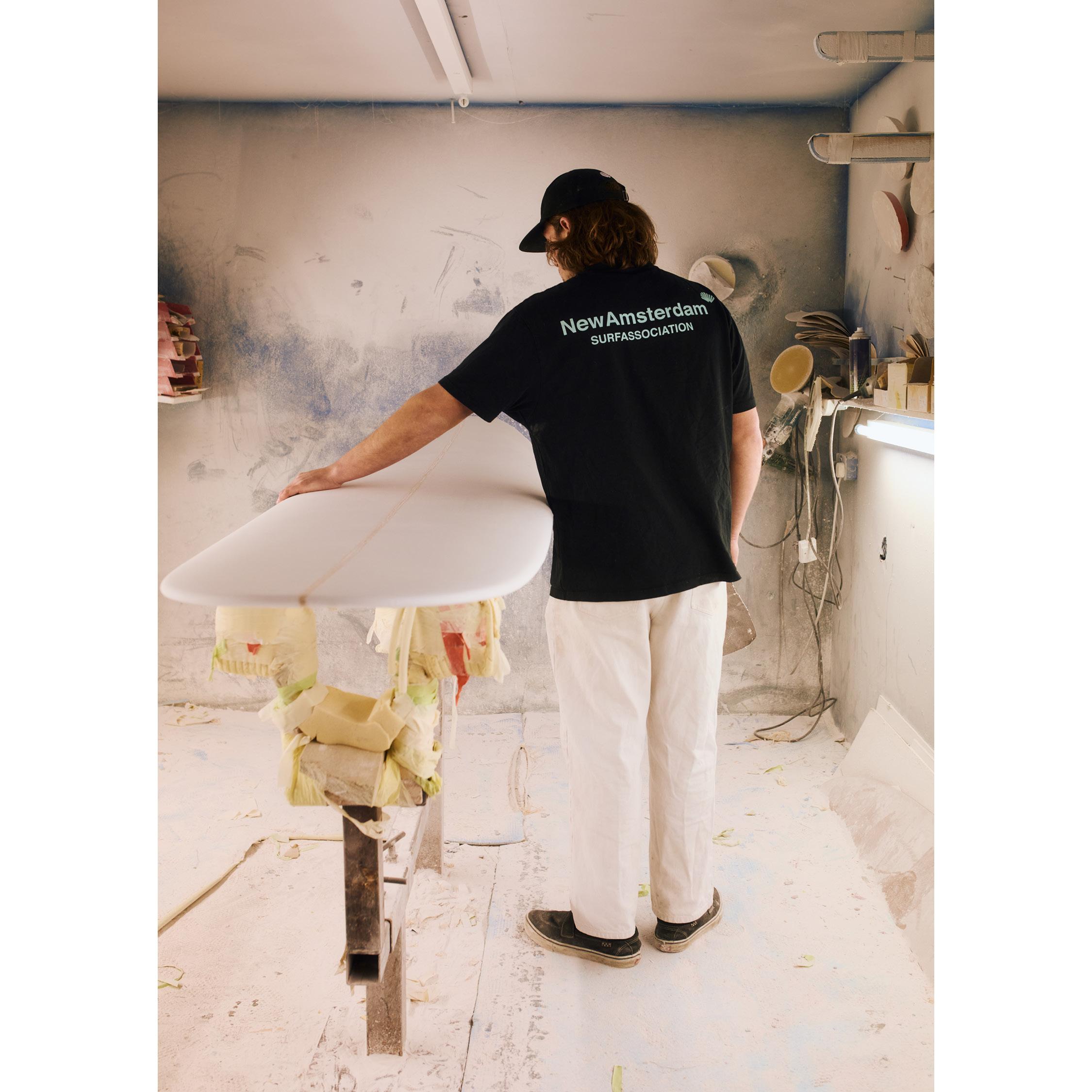
Pictures by Louise Robertson and Renzo Steffens
Kouroush, the Shaper of ZEDSLEDS, first connected with New Amsterdam through Mees, one of our team riders, who ordered a board. As more riders on our team discovered the quality of his boards, the orders kept rolling in.
How did you get started as a surfboard shaper?
I left school at 15 and moved to Cornwall with a friend to do a surf college course. As part of that, we got the chance to make some boards with a few really talented local shapers. From there, it was all about spending time in shaping bays, hanging around factories, and just being a little grom soaking up everything I could.
Getting a job in the surf industry is tough—you need a lot of experience before anyone takes you on. But I got lucky when a friend of mine was moving to New Zealand and asked if I wanted to take over his job. He taught me the basics, and I started out just doing board repairs. Over time, I worked my way up to sanding, and that’s really where it all kicked off.
How did things evolve from there?
I work for a big factory, and my boss is getting older—he’s 70 now and about to retire. About five years ago, I decided to start my own brand, and he let me do it in his space. That’s when I launched ZEDSLEDS, just making boards for my friends. Kind of like what you guys are doing—you really need your crew to back you when you’re starting out.
Through word of mouth and support from the boys pushing my brand, things slowly grew. That pushed me to keep refining my boards, and eventually, we got to a point where we’re busy making custom boards for surfers all over the world.
Are there any specific surfboard designs or shapers that really inspire you?
I’m into high-performance boards with a retro twist. I stay away from super high-performance shortboards because we just don’t have the waves for them here. I take a lot of inspiration from Californian shapers and originally focused on bigger boards. But over time, most of my team riders have been shortboarders, so now a lot of my inspiration comes straight from them. Shapers like Album are great to look at, along with some of the older legends like Takayama.
Have you worked with sustainable materials before?
Yes, I have worked with sustainable materials and continue to do so. However, sourcing them in the UK can be quite difficult. The main issue is performance. When you start incorporating eco-materials, you often compromise on durability and functionality. Additionally, the term “sustainable” is tricky in this industry—there aren’t many truly sustainable materials available. For example, epoxy is still harmful to the environment, and the core materials, like polystyrene, are not recyclable. The most realistic approach is to focus on longevity. If we’re using non-renewable materials, the best way to be sustainable is to make products that last. A well-made board that holds up for years is ultimately better for the environment than one that needs frequent replacing.
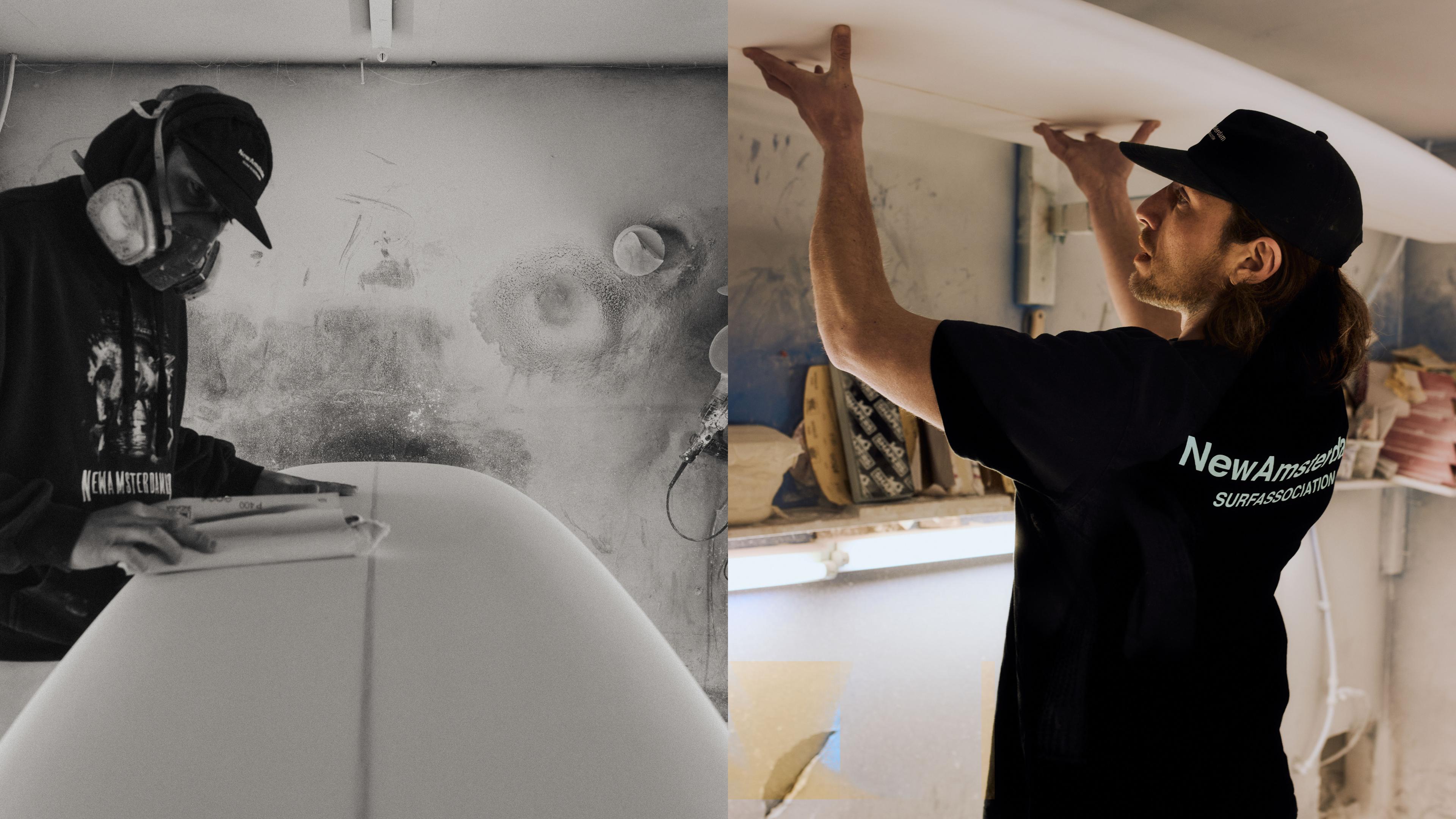
QUICK QUESTIONS
Single or twin fin?
Twin fin
Point break or beach break?
Point break
Wetsuit or boardshorts?
Boardshorts
Shortboard or longboard?
Shortboard
Do you think there’s been a growth in the UK surf scene? More people getting into surfing?
Yeah, it’s gone mental. Everyone’s surfing now. You guys have probably seen it too—there’s been a massive boom in the sport. It’s crazy how much more popular it’s become.
Therefore I’ve also seen a huge increase in custom orders. People used to just grab boards off the shelf or order them online, but now more people want to work with their local shaper. If you’re paying the same amount, why wouldn’t you want to have a real conversation with your shaper, talk about how your board’s made, and get something built just for you? So yeah, the surf scene has exploded, and it’s kept us really busy.
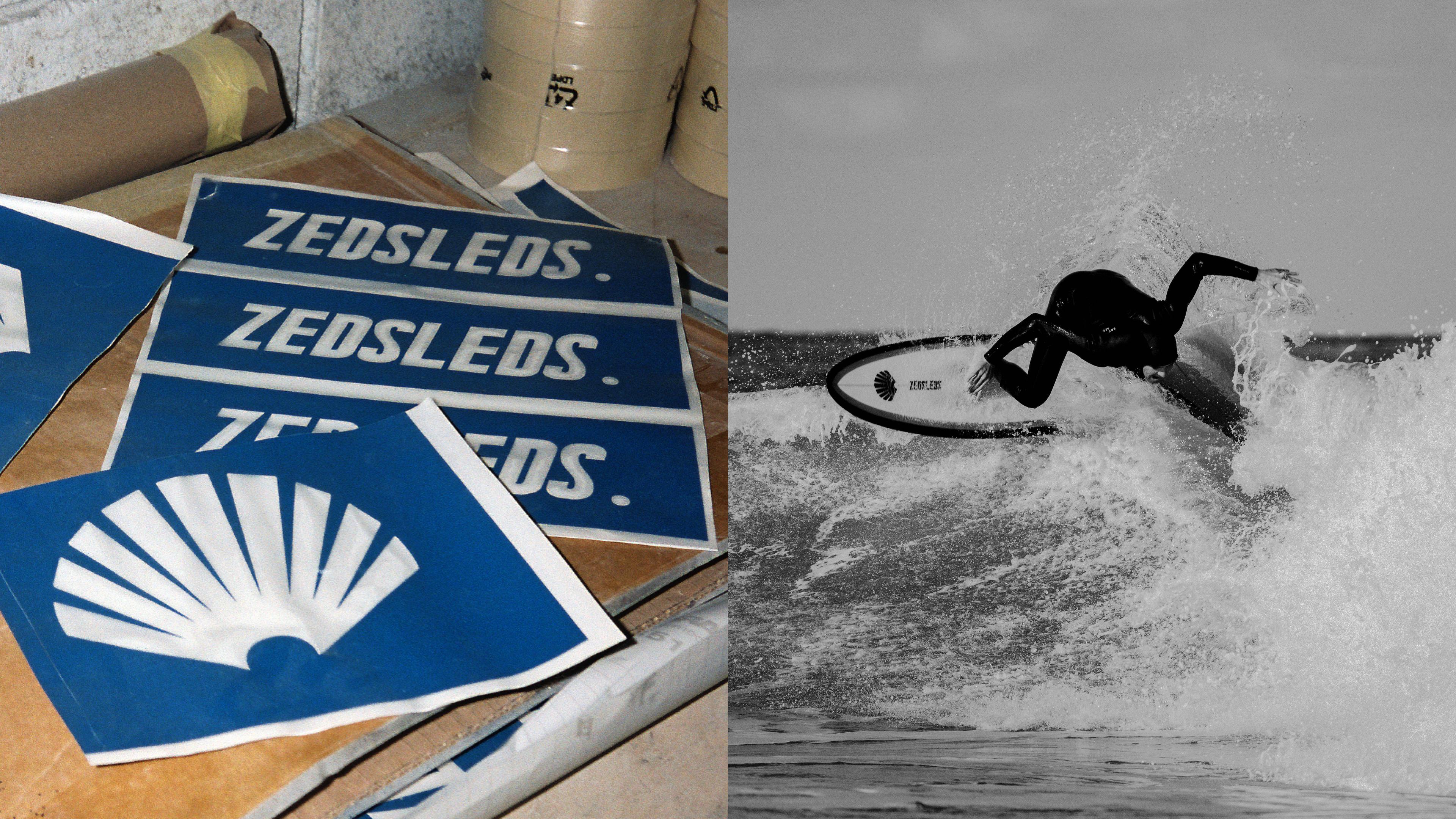
Have you always been a shaper? Or did you have other jobs along the way?
I’ve done a lot of things in the past. I’ve also got a part-time job doing professional water safety. I work on film sets and events that take place over water—driving boats and jet skis, just making sure everyone’s safe and doesn’t drown. I’ve been doing that for about 15-16 years on.
I also co-own a surf shop and cafe with my partner. We make custom-made wetsuits. We do made-to-measure wetsuits that fit perfectly, something that’s rare with off-the-shelf suits. We take 22 measurements to ensure the fit is spot-on, so you won’t get rips around the knees or under the arms. I’ve got a wetsuit from her that’s three years old, and it’s still going strong.
That’s amazing, the wetsuits sound incredible. It’s like with the boards, right? You’re making a product that lasts longer.
Exactly. The surf industry is tough in that way—I’ve probably gone through 100 wetsuits in my time, and they only last a year. Then, when they break, you can’t really get them repaired. It’s frustrating. But with my partner’s wetsuits, you get a service. If something goes wrong, you can take it back, and they’ll re-tape it and even change out panels. There’s a guy who’s had the same wetsuit for 25 years. Every year, he gets a new panel put in, and it only costs him around £30 a year instead of shelling out £400 for a new wetsuit every time. It’s honestly amazing, and it makes a big difference. Sustainability, to me, is about longevity. It’s the same as building a surfboard—you want to make something that lasts.
Yeah, it seems like the industry is a bit behind in that sense.
For sure. We’re up against all these big brands that tell people not to bother with custom suits. It’s tough, but we’re sticking with it. We know the value of a suit that actually fits and lasts.
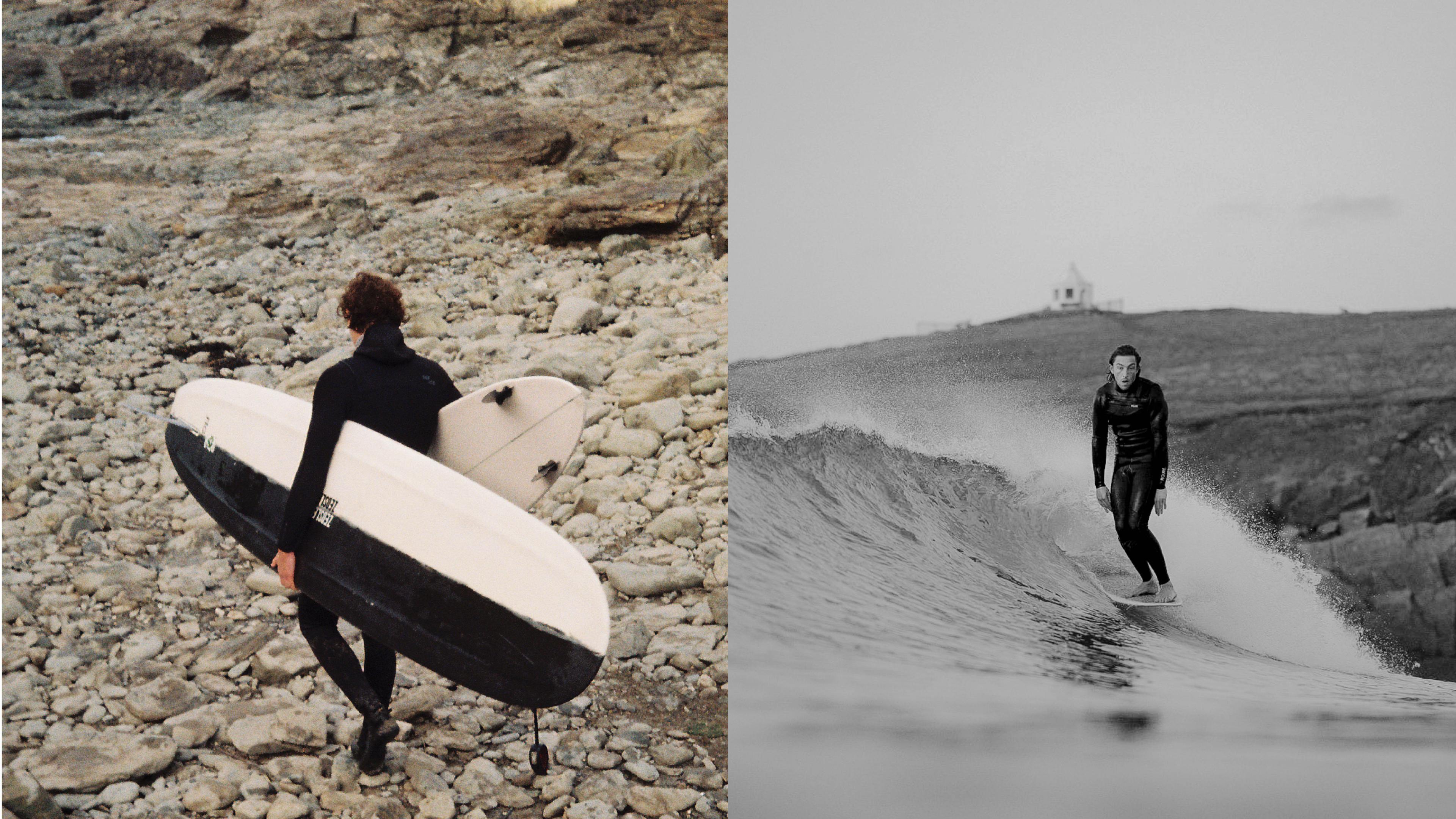
Is there a misconception about UK surfing, that it’s always stormy, windy, and not as good?
Yeah, definitely. Even here, people often ask, “You’re from England? You get waves there?” And it’s like, well, we’re an island, so we have waves all around us. Cornwall, for example, gets consistent swell because it’s right in the Atlantic. The only issue is that we have so many beaches, but not all of them have good banks. Some beaches are pretty flat, so it can be a bit tricky.
We do get great waves, though—it’s just not all year round. You’ve got to be ready for it, chase the swells, know the spots, and understand the wind conditions. It’s a bit of a battle, but when you get it right, it’s so rewarding.
Any plans for the future?
Yeah, big changes ahead. Next year, I’ll be taking over the factory, which means I’ll be running the whole operation as my boss retires. It’s been a long road to get here, but we’re nearly there.
Wish you all the best and hopefully see you soon!
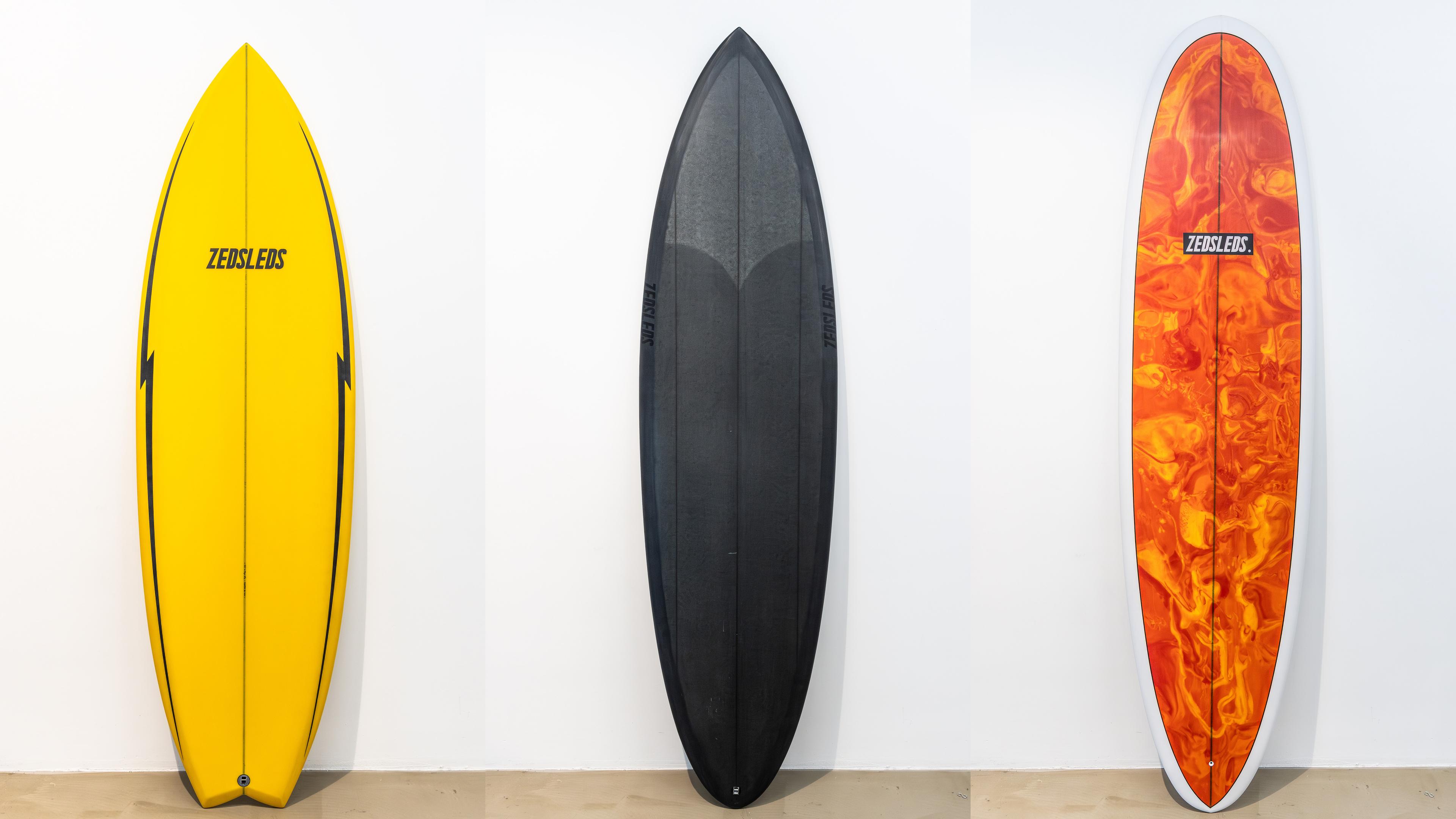
Credits
Photography: Louise Robertson and Renzo Steffens
Interview: Robin Bruhn
